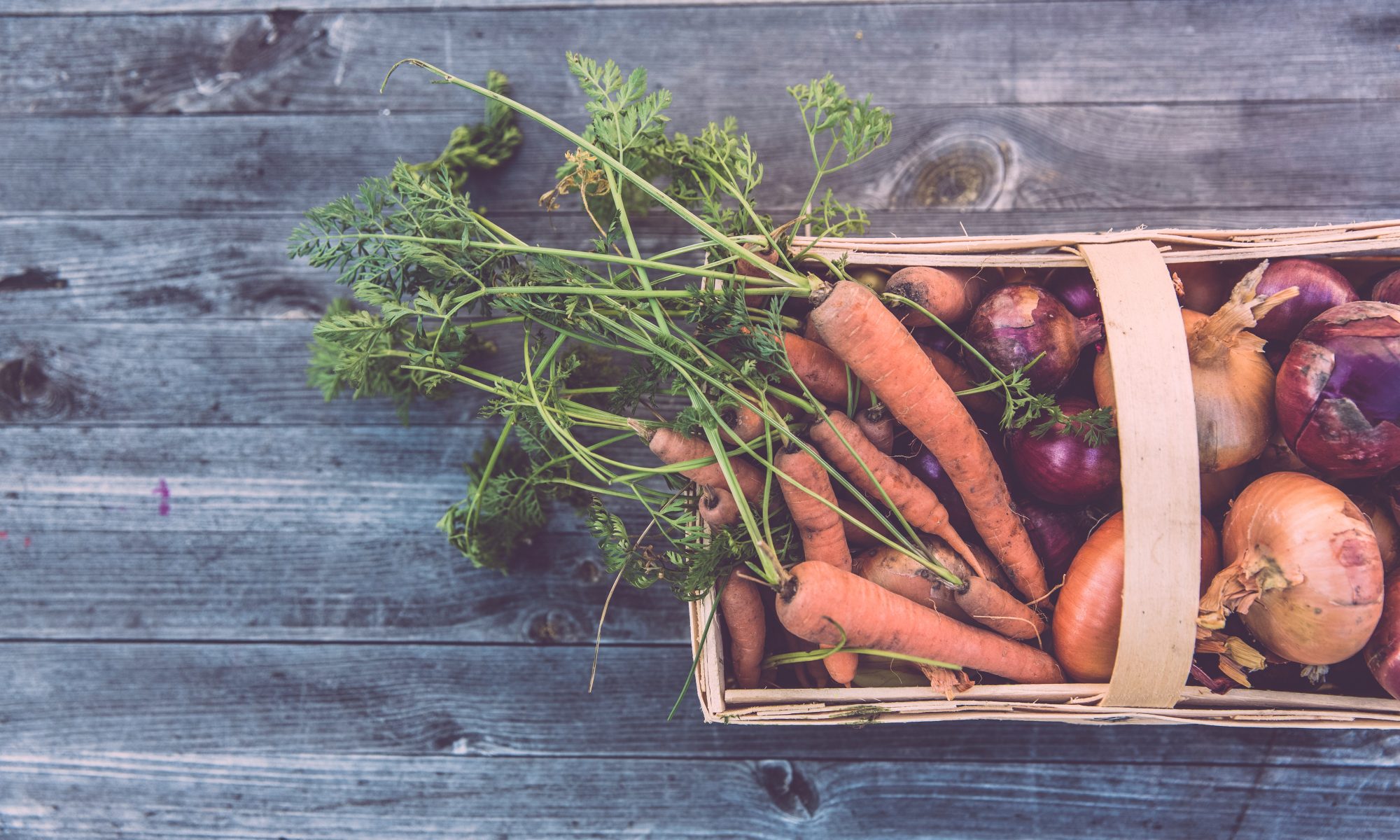Social entrepreneurship is on the rise.
Conventional wisdom tells us there is a big distinction between for-profit businesses and non-profit organizations. Businesses are laser-like focused on their market-driven business model; nonprofits strive to fulfill a charitable mission that advances the public interest. As the old saying goes, “never the twain shall meet.”
This traditional way of thinking is giving way to the notion that businesses can pursue profits and address key social and environmental issues. Likewise, nonprofits can stay on mission and generate a profitable revenue stream. Both concepts are essential components of an alternate business model — the social enterprise.
Properly executed, social enterprises are uniquely positioned as change agents for addressing a particular social problem. Social entrepreneurship is spreading across a wide range of industries and pursuing altruistic goals — not the least of which is giving persons with disabilities a lift up.
Motivating Factors
What is the motivation for pursuing social entrepreneurship and the desire to operate social enterprises for persons with disabilities?
A primary consideration is the economic divide that exists between persons with and without disabilities. The 2019 Annual Report on People with Disabilities in America, published by the Institute on Disability/UCED, University of New Hampshire, outlines the scope of their social and economic status:
Population
There are 42.6 million people with disabilities, who comprise 13.1 percent of the U.S. population. Disabilities refers to difficulties related to vision, hearing, cognition, ambulation, self-care, and independent living. The percentage of the population with disabilities has trended upward during the past decade, increasing from 12.7 percent in 2008 to 13.1 percent in 2018.
Education
Approximately 16.7 percent of persons with disabilities have not attained a high school diploma, compared to 7.7 percent of their peers without disabilities, reflecting a 9.0 percentage gap.
With regard to the gap between people with and without disabilities at the postsecondary level, 15.6 percent of persons with disabilities attained a bachelor’s degree or higher, compared to 38.4 percent of those without disabilities. This reflects a college-or-more gap of 22.8 percent.
Employment
About 37.5 percent of people with disabilities are employed on a full-time basis. In contrast, the employment percentage was more than double for people without disabilities at 77.8 percent. The employment gap is 40.3 percent.
Earnings From Work
The median earnings of full-time/full-year workers with disabilities was $40,454, compared to $46,250 of workers without disabilities, resulting in an earnings gap of $5,796.
Poverty
Earnings from work and personal income are indicators of a person’s financial condition. At the same time, poverty is measured at the family level. An individual is considered to be living in poverty if they live in a family with income below the poverty line — a figure that varies depending on the makeup of their family. In 2018, the poverty rate for people with disabilities was 26.9 percent, compared to 12.2 percent for people without disabilities.
Statistics don’t tell the whole story.
Parental caregivers worry about what happens to their developmentally disabled children when they grow up. As the statistics on disabilities have shown, their chances of obtaining employment, decent living arrangements, or achieving financial independence are significantly compromised. Government assistance and nonprofit agencies are helpful, but their resources are insufficient when it comes to overcoming the barriers that persons with disabilities face in society. A different model is needed that rises to the occasion.
Necessity Becomes the Mother of Invention
Parents and primary caregivers are taking matters into their own hands. They are starting businesses and nonprofit charities so their adult child can know independence and achieve a greater sense of belonging.
Outlined below are several examples of a larger growing trend — social enterprises that embrace the concepts of social entrepreneurship and inclusivity, and have a passion for working with developmentally disabled people.
First Place®
Aspiring to serve as a catalyst for international models, First Place® provides a supportive housing and residential transition program for individuals with autism and people with other disabilities. Folded into their program are sites for education, training, and creative inspiration.
First Place-Phoenix, the 501(c)(3) nonprofit charitable organization’s first new property, leases 55 apartments where residents are supported by a suite of resources and amenities that are designed to maximize independence, community integration, personal enrichment, and quality of life.
The Southwest Autism Research & Resource Center operates the two-year, tuition-based First Place Transition Academy, building crucial independent living and career-readiness skills for 32 participants each year.
First Place Global Leadership Institute works toward increasing the number of housing options available to persons with disabilities. The Institute collaborates with educators and medical professionals, focuses on autism research, and develops leadership skills and competencies to advance promising best practices.
Luna Azul
Located in Phoenix, Arizona, Luna Azul is the first for sale residential community in the nation that is specifically designed for adults with disabilities. This one-of-a-kind community consists of 30 single-family, cottage-style residences in a planned “pocket neighborhood” of smart homes. A partnership with Partners4Housing provides an online matching platform to help people move into independent housing. The homeowner’s association employs a full-time, on-site director and overnight staff to promote community engagement, safety, and peace of mind for the resident population and their caregiving families.
Not Your Typical Deli
Not Your Typical Deli is a full-service delicatessen and bakery, located in Gilbert, Arizona. It was created with a special purpose in mind — not only do they serve award-winning food, they also provide an integrated work environment for those with developmental disabilities. On average, 60 to 70 percent of their workforce is made up of adults with autism and/or other developmental challenges.
NYT Deli serves as a job-training site, offering three 12-week training programs per year for adults with developmental disabilities. Because of its popularity, the restaurant has a huge backlog of applicants to work at the deli. Rather than expand the deli, the owners created the Not Your Typical Culinary Academy to prepare students for employment in the restaurant or hospitality industry.
Spencer’s Place
Spencer’s Place is a coffee shop and bistro in Surprise, Arizona. The small business employs individuals with cognitive and developmental disabilities. Per their website, these individuals are able to “earn a paycheck, build relationships, gain a sense of purpose, and show the community the beauty of diversity and inclusion.” Spencer’s Place was created in partnership with the Employed and Overjoyed Foundation to promote equal employment opportunities for persons with disabilities.
Social entrepreneurship is the driving force for innovative business solutions that create employment opportunities and supportive housing for people with disabilities. That mindset is channeled through social enterprises that have a double bottom line of profit/loss and social impact.
Editor’s Note: The Case for Inclusion Report 2019, a publication of United Cerebral Palsy and the ANCOR Foundation, ranked Arizona #1 in their state rankings for performance in serving individuals with intellectual and developmental disabilities.


